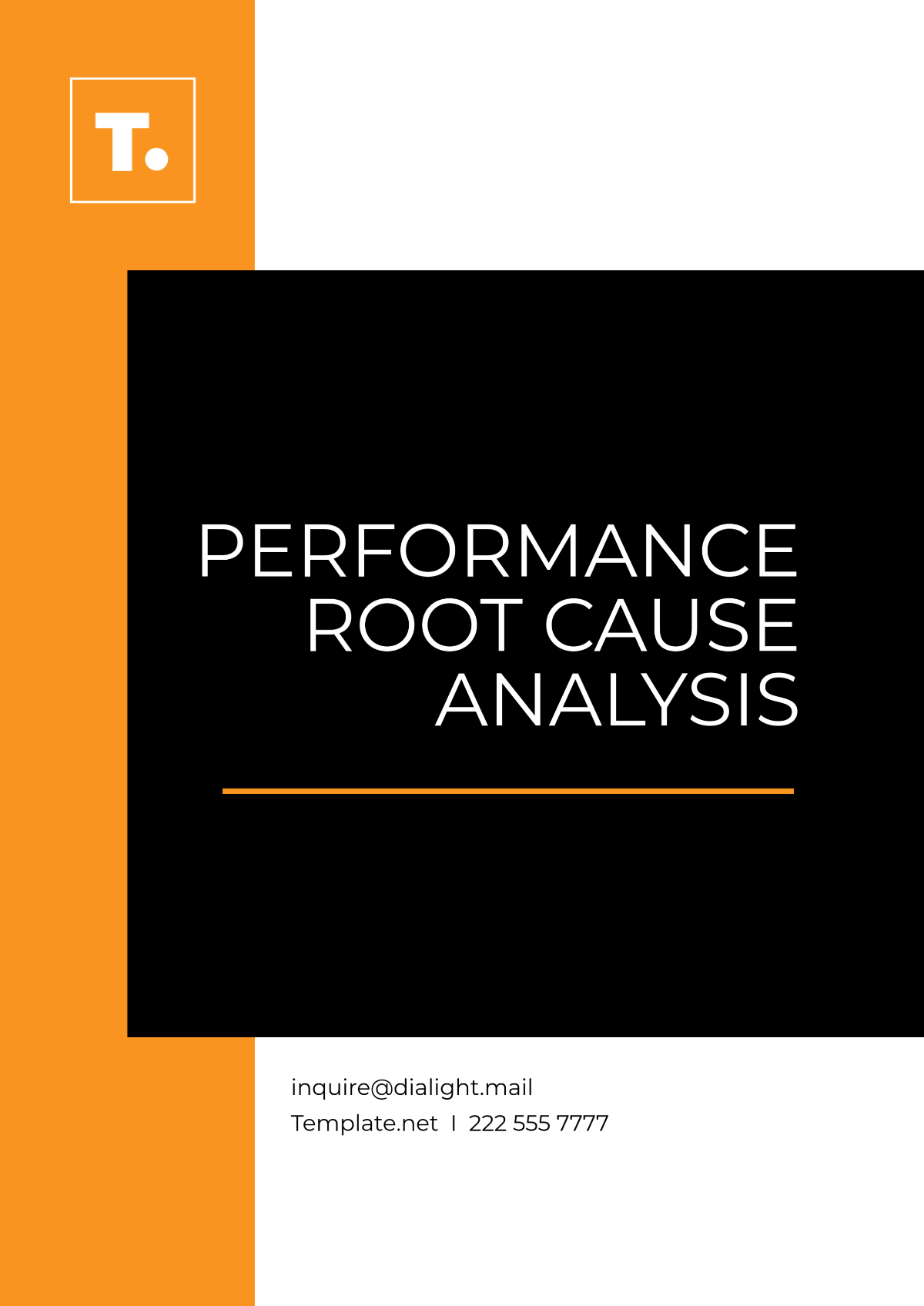Supply Chain Issue Root Cause Analysis
Prepared By: [YOUR NAME]
Date: January 1, 2060
I. Issue Description
The global supply chain has been facing considerable challenges that have caused notable disruptions recently. This situation has primarily arisen because of unforeseen delays in the transportation and delivery of essential raw materials, which are sourced from international suppliers. These unexpected disruptions have had a domino effect on the production timeline, resulting in the inability to maintain the planned manufacturing schedule. Consequently, this misalignment has led to the depletion of available stock and the unfortunate circumstance of being unable to meet the anticipated demand from customers.
II. Impact Analysis
The delays in raw material delivery have resulted in a domino effect throughout the supply chain. The production lines have faced downtime, leading to a production backlog. This has negatively impacted inventory levels, resulting in stock shortages at distribution centers and subsequently affecting order fulfillment rates.
Production Downtime: An average of 15% reduction in daily production output since January 2060.
Order Fulfillment Rate: Dropped from 95% to 78% over the past quarter.
Customer Complaints: Increased by 40% due to delayed deliveries.
III. Data Collection
Data was collected from various sources to gain insights into the supply chain disruptions:
Supplier Delivery Logs: The dates on which deliveries are recorded can be compared with the originally scheduled delivery times to assess the accuracy and timeliness of the actual delivery occurrence.
Production Reports: The data on hourly production provides a detailed account, emphasizing the specific periods during which there was a cessation of operations or a decrease in output, indicating times of downtime.
Inventory Levels: The distribution centers generate and submit detailed reports on a weekly basis, which provide comprehensive information about their current inventory status.
Customer Feedback: A thorough compilation of detailed records and documents of interactions and communications between customers and the customer service team, covering any grievances, issues, or complaints raised by customers.
IV. Root Cause Identification
Utilizing the 5 Whys Technique
Why? | Explanation |
|---|---|
1. Why were the raw materials delayed? | The supplier faced unexpected shipping port closures due to severe weather conditions. |
2. Why did the weather affect the shipping ports? | Lack of robust forecasting and contingency planning by the supplier. |
3. Why is the contingency planning inadequate? | The supplier had limited alternate shipping routes and backup suppliers. |
4. Why were there limited alternatives? | Supplier reliance on a single logistics partner without diversification. |
5. Why didn't they diversify logistics partners? | Cost-cutting measures and historical reliability led to a dependency on fewer partners. |
V. Proposed Solutions
Diversify Supplier Base: Establish contracts with multiple suppliers to mitigate risks associated with single-source dependencies.
Develop Weather Contingency Plans: Work with suppliers to create and maintain robust alternative shipping plans to counteract port closures.
Enhance Supplier Relationship Management: Implement regular check-ins and collaborative planning sessions with key suppliers.
Invest in Advanced Forecasting Solutions: Adopt modern forecasting tools that provide detailed weather and risk assessments for major shipping routes.
VI. Implementation Plan
Task | Timeline | Assigned Responsibilities | Resources Needed |
|---|---|---|---|
Diversify Supplier Base | January - March 2061 | Supply Chain Manager | Supplier Analysis Team |
Develop Weather Contingency Plans | April - June 2061 | Logistics Coordinator | Weather Risk Assessment Tools |
Enhance Supplier Relationship Management | March - May 2061 | Strategic Partnerships Director | CRM Software Upgrade |
Invest in Advanced Forecasting Solutions | June - December 2061 | Chief Technology Officer | Software Acquisition Budget |
VII. Follow-Up and Monitoring
To ensure the effectiveness of the implemented solutions, regular follow-up and monitoring will be conducted:
Quarterly Performance Reviews: Conduct performance reviews evaluating supplier compliance and delivery timeliness every quarter starting 2062.
Monthly Inventory Audits: Implement monthly checks on inventory levels to preemptively identify potential shortages.
Customer Satisfaction Surveys: Distribute surveys biannually to gauge improvements in customer experience and address remaining concerns.
KPI Dashboards: Deploy real-time KPI dashboards to track key metrics such as order fulfillment rates and production efficiency.

















































